A popular traditional medicine, lemon balm is also used to create refreshing drinks, delicious main courses, and mouth-watering desserts.
A popular herb of the mint family, lemon balm (Mellissa officinalis) is a staple of traditional European medicine, used for everything from stress and lack of focus to skin conditions and digestive problems . It is known to be an antioxidant, an anti-inflammatory and an antibacterial agent.
Lemon balm is an easy to grow perennial, and its odour and flavour – a pleasant combination of lemon and mint – makes it a popular ingredient for cooking and baking.
If you would like to try cooking with lemon balm, you can buy the leaves over the internet, but it loses most of its potency when dried. If possible, you should grow lemon balm in your garden and pick the leaves yourself – one plant will probably produce everything you need, and the bees will love it too. Beware, though, as it has a tendency to spread! Keeping it contained in a pot might be a good idea.
You can also purchase teas and pre-made dishes that include lemon balm in the supermarket.
How to make lemon balm tea
Making a cup of lemon balm tea couldn’t be easier. Simply steep up to a tablespoon of dried lemon balm leaves (two tablespoons if using fresh leaves) in boiling water for a few minutes.
Enjoy before going to bed – it is often recommended as a sleep aid.
More lemon balm uses in the kitchen
- substitute it for lemon zest in your favourite recipes;
- use it in stuffing for your roast chicken or turkey;
- make tea, syrup, jam or infused oil;
- create a pesto for fish dishes;
- pick a few leaves to top ice cream dishes and other desserts;
- add lemon balm leaves to a jar of sugar, then sprinkle over cakes for extra flavour;
- include a few leaves in a salad or dressing.


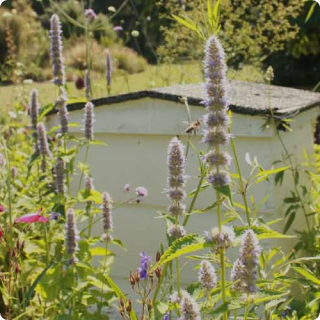

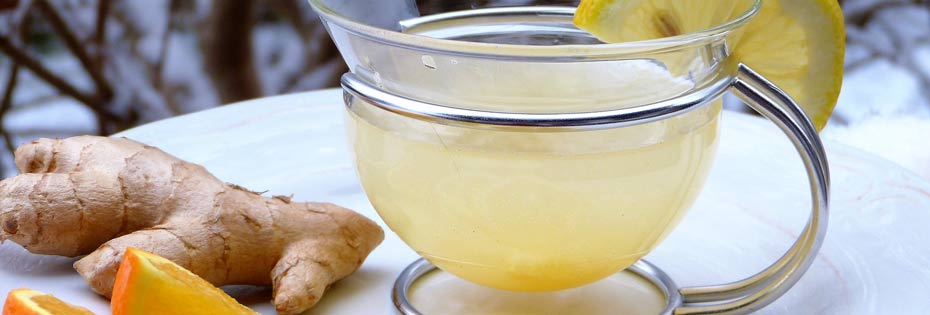



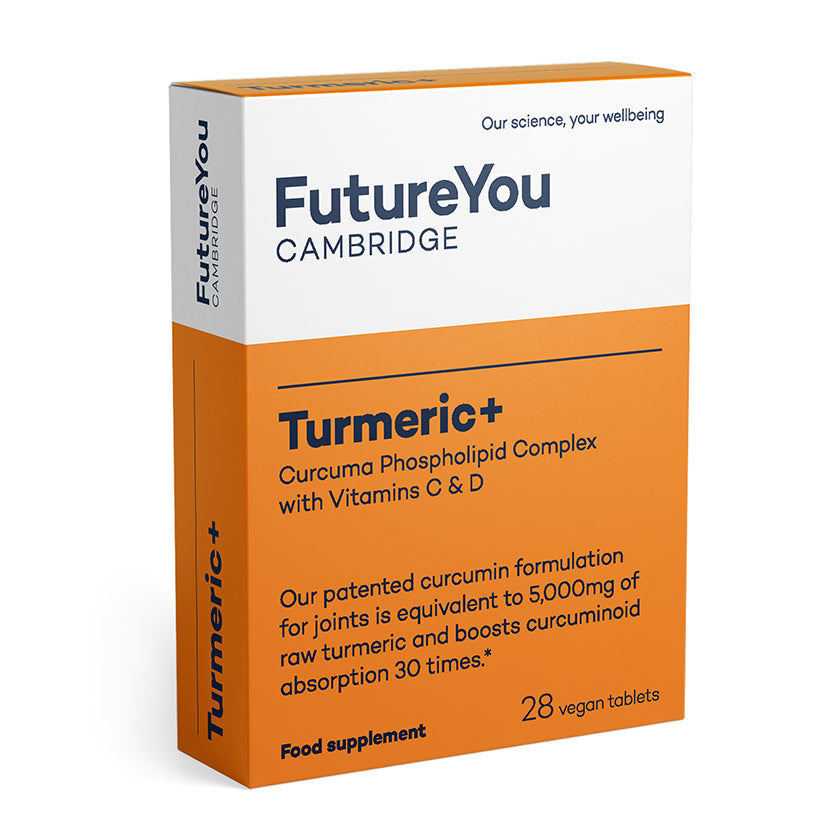


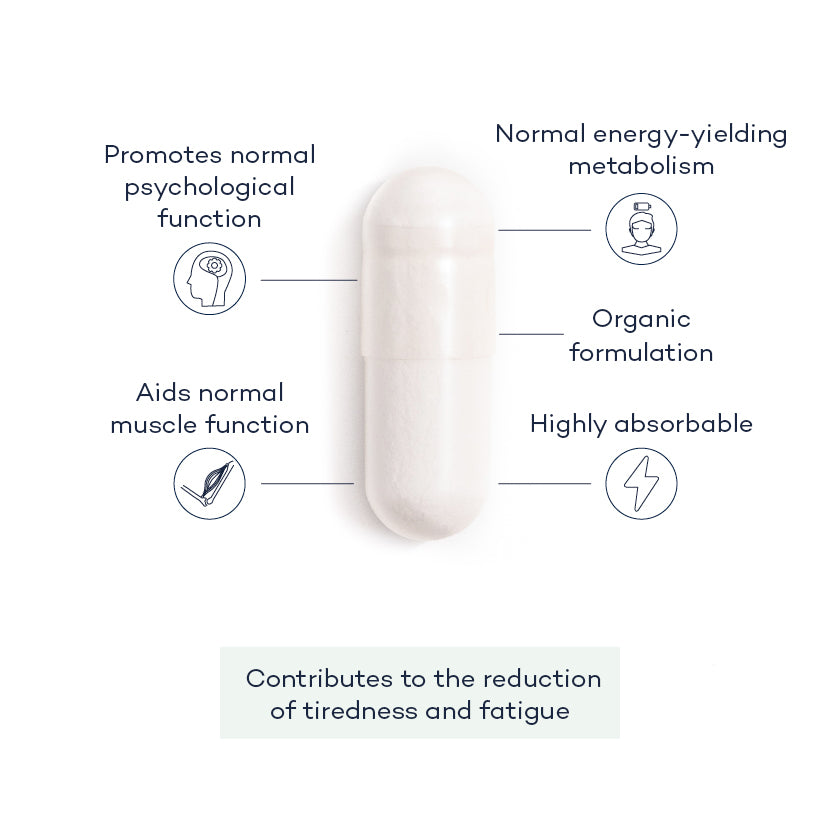
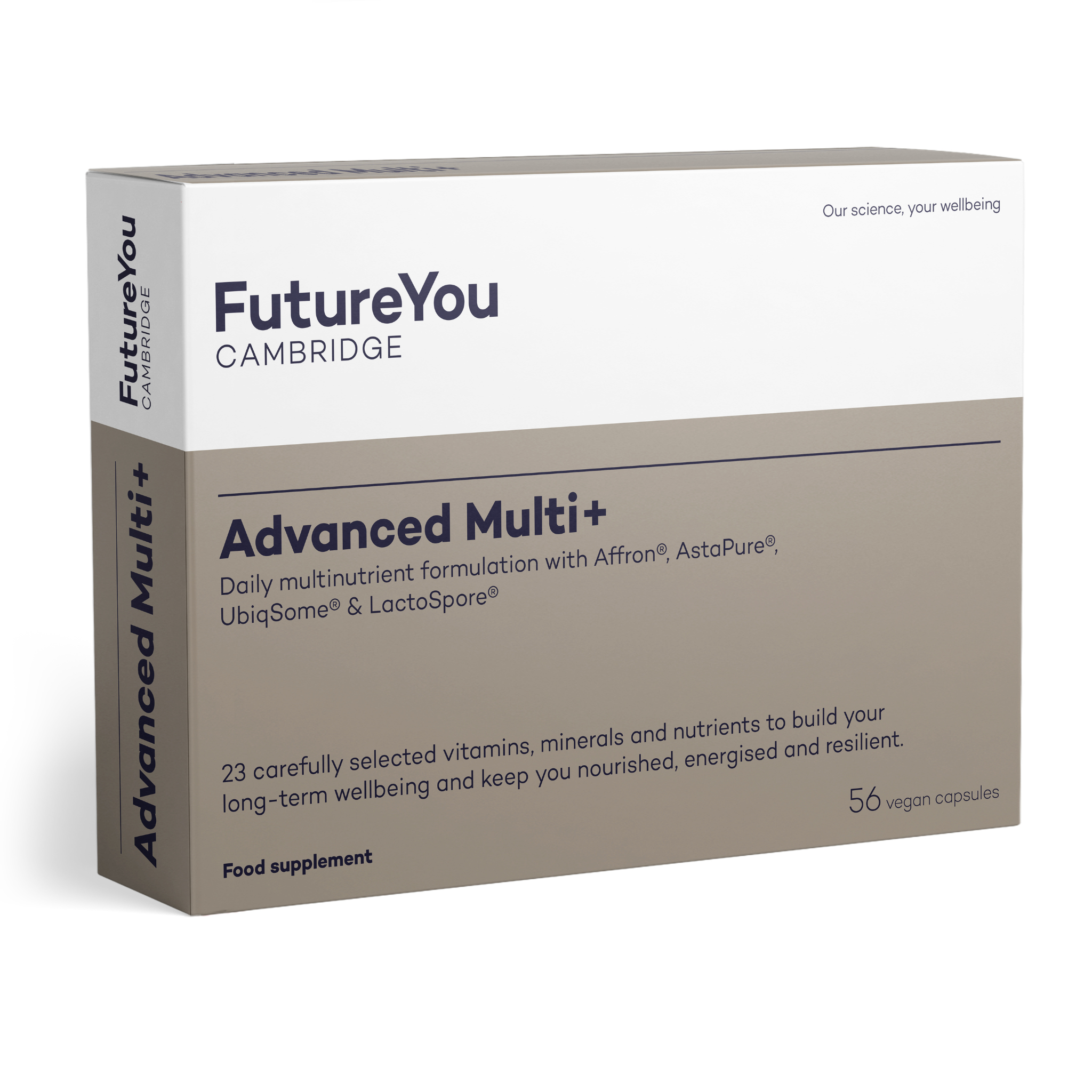
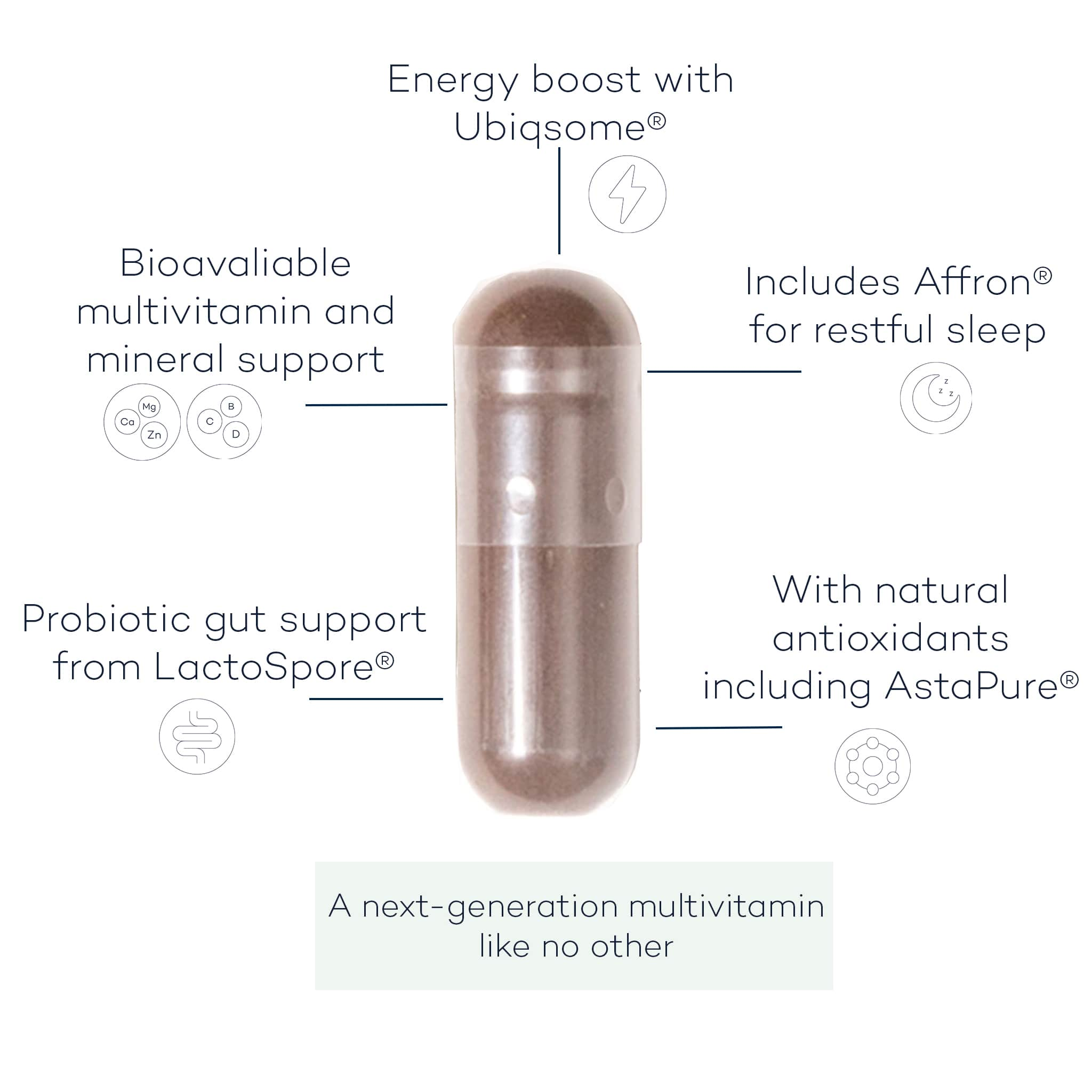
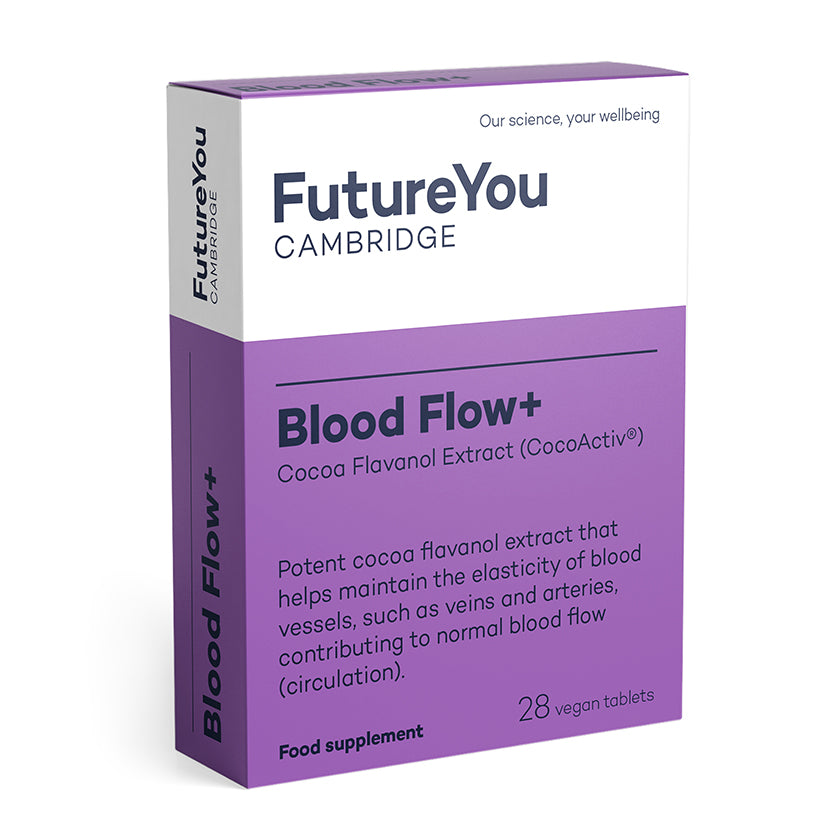
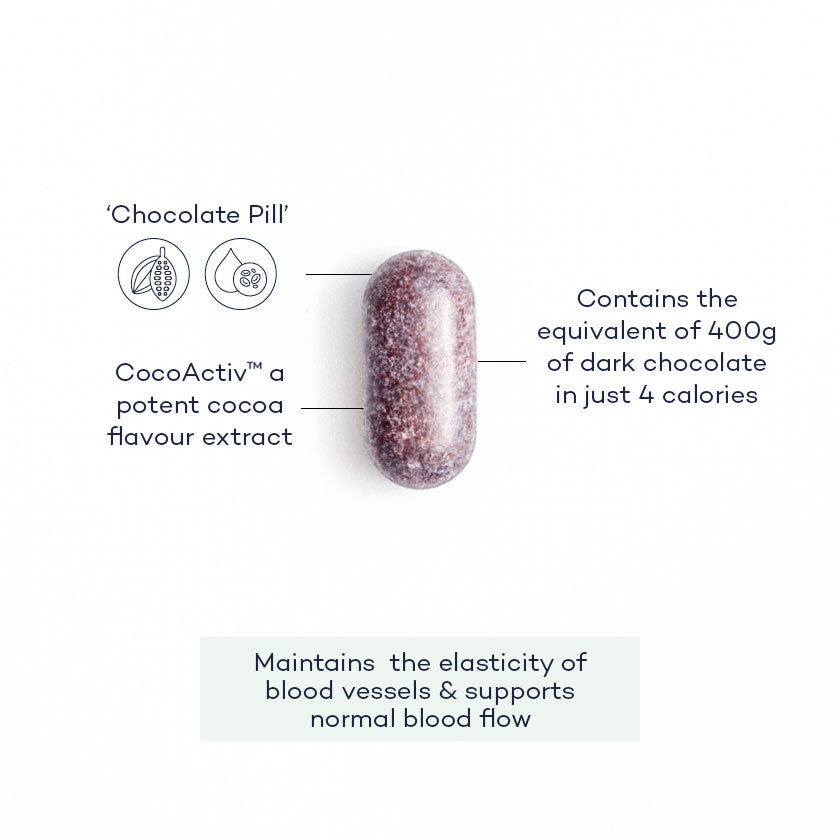

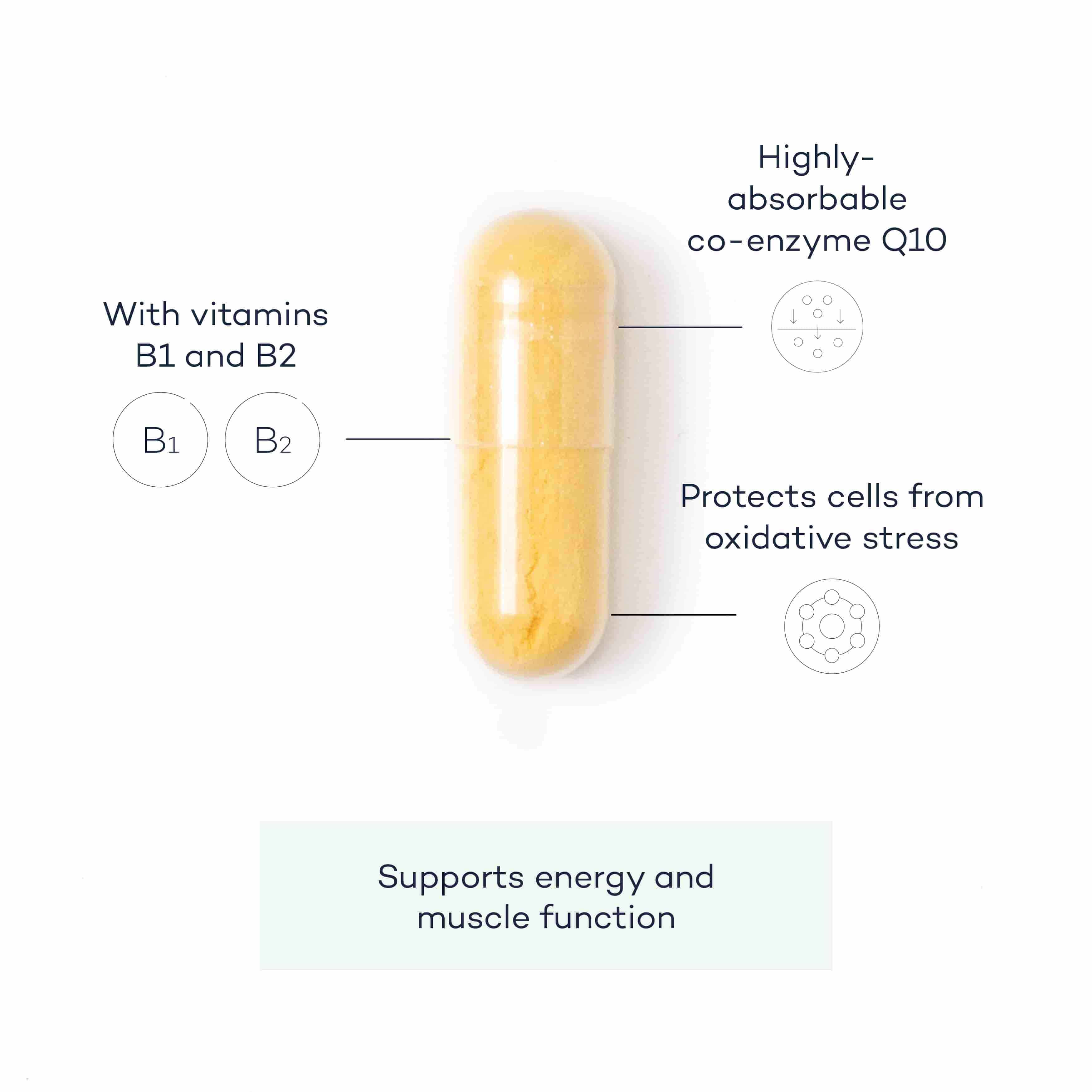
Leave a comment
All comments are moderated before being published.
This site is protected by hCaptcha and the hCaptcha Privacy Policy and Terms of Service apply.